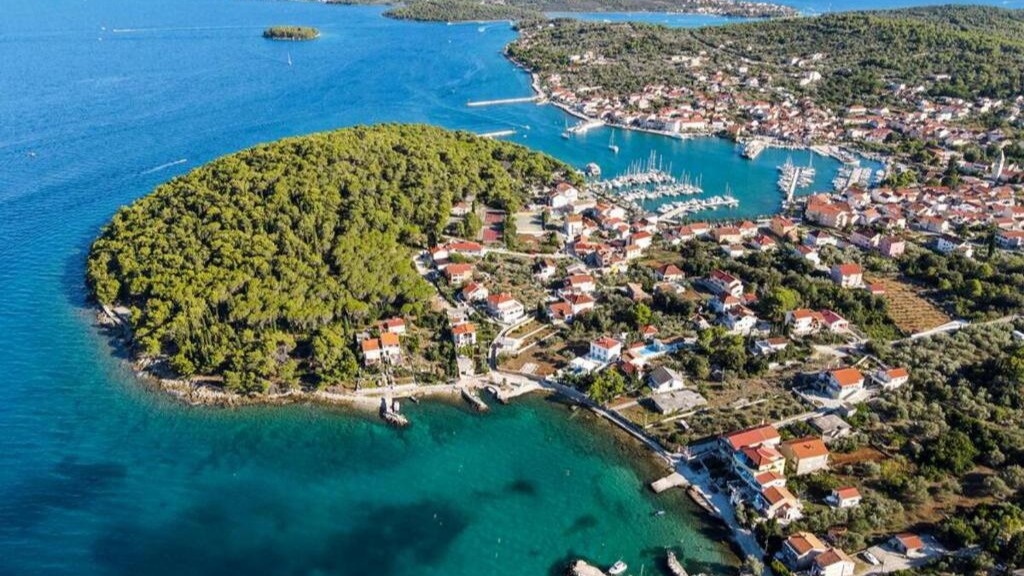
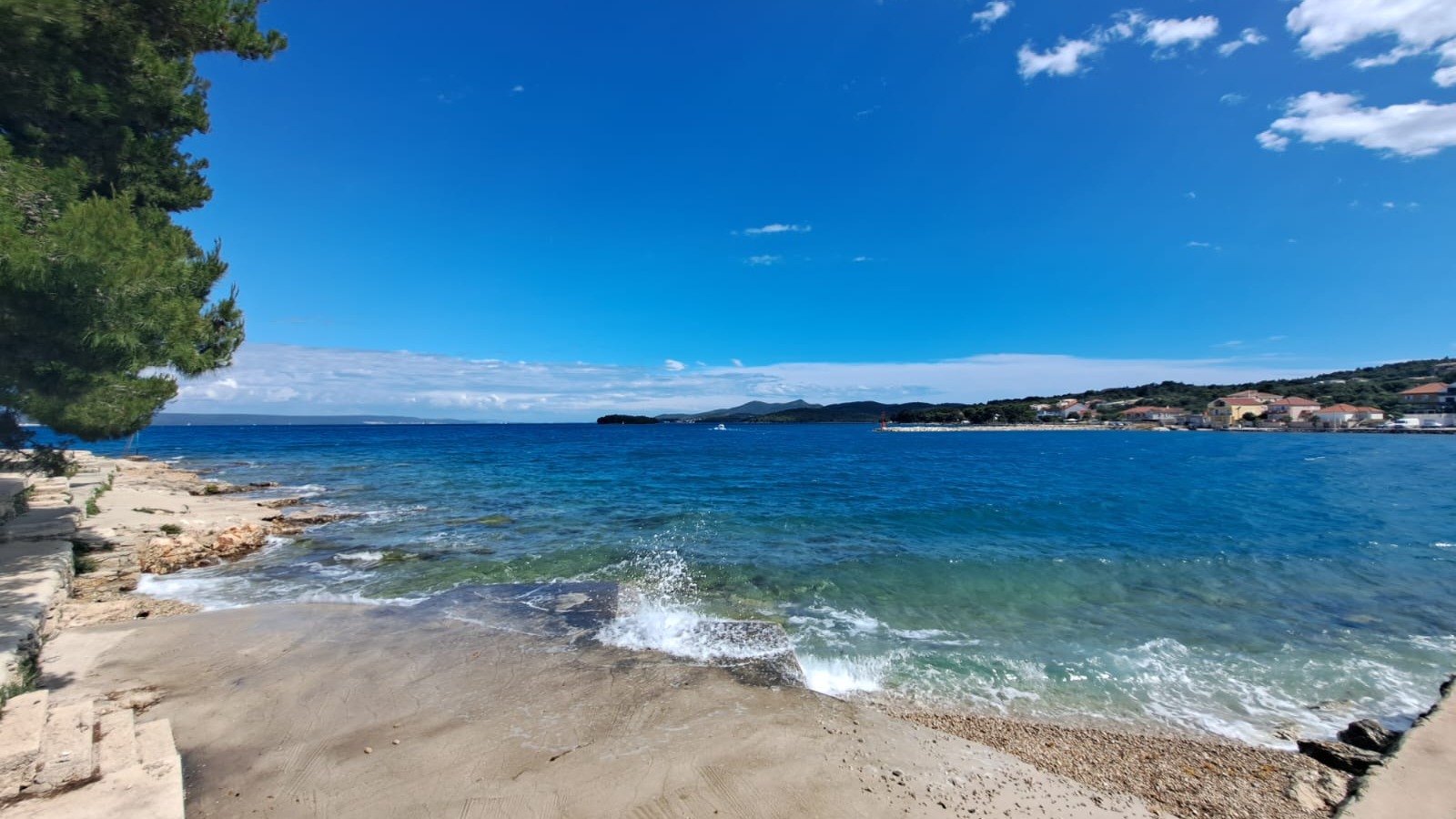
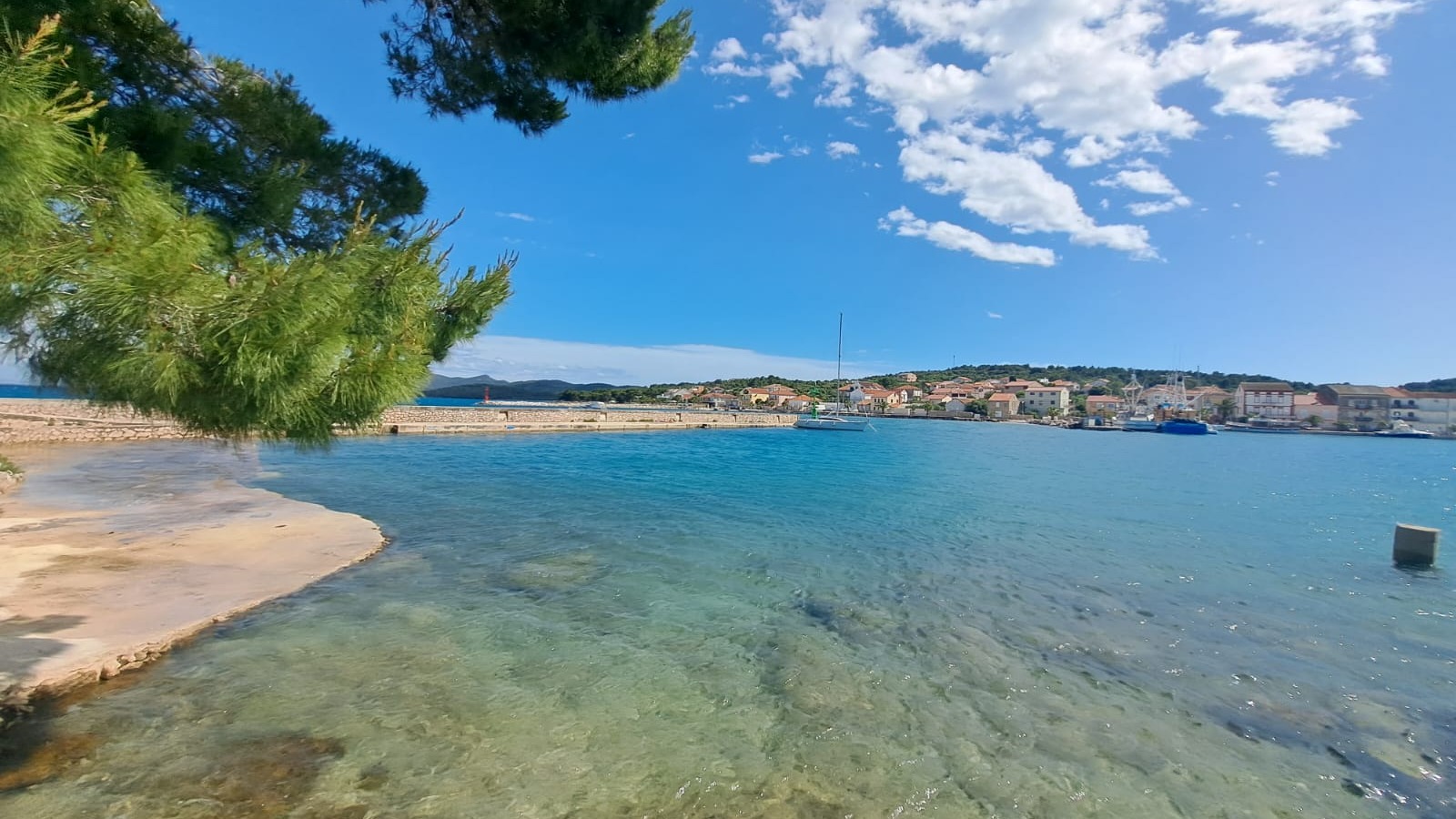
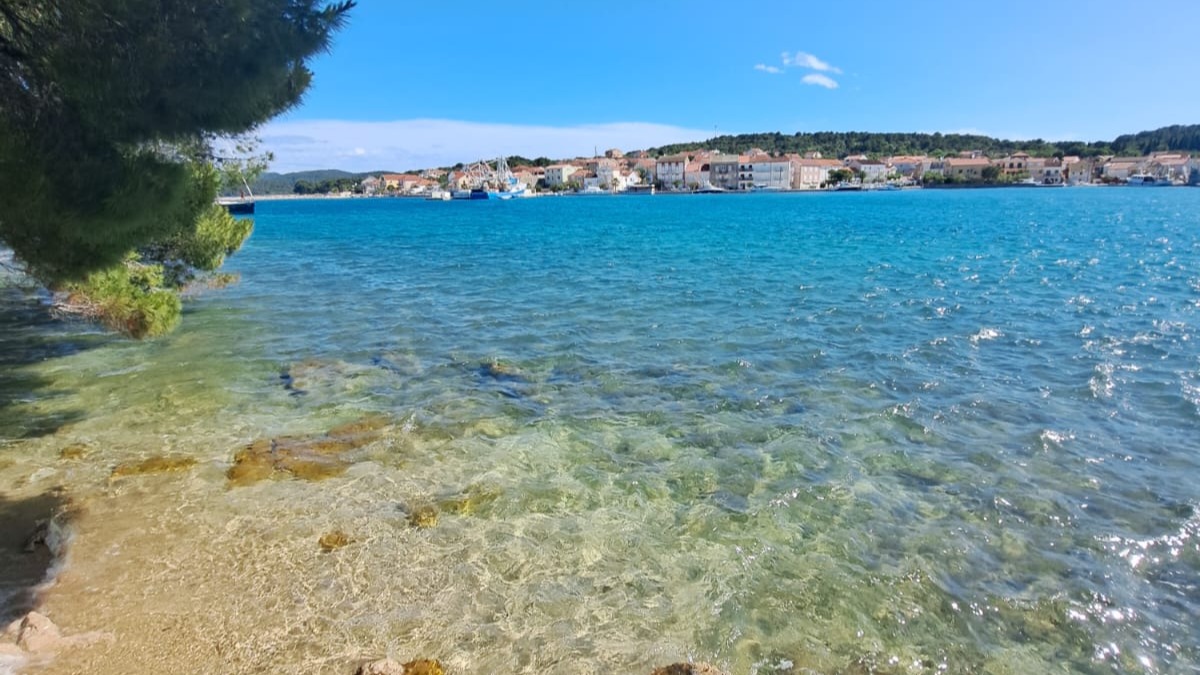
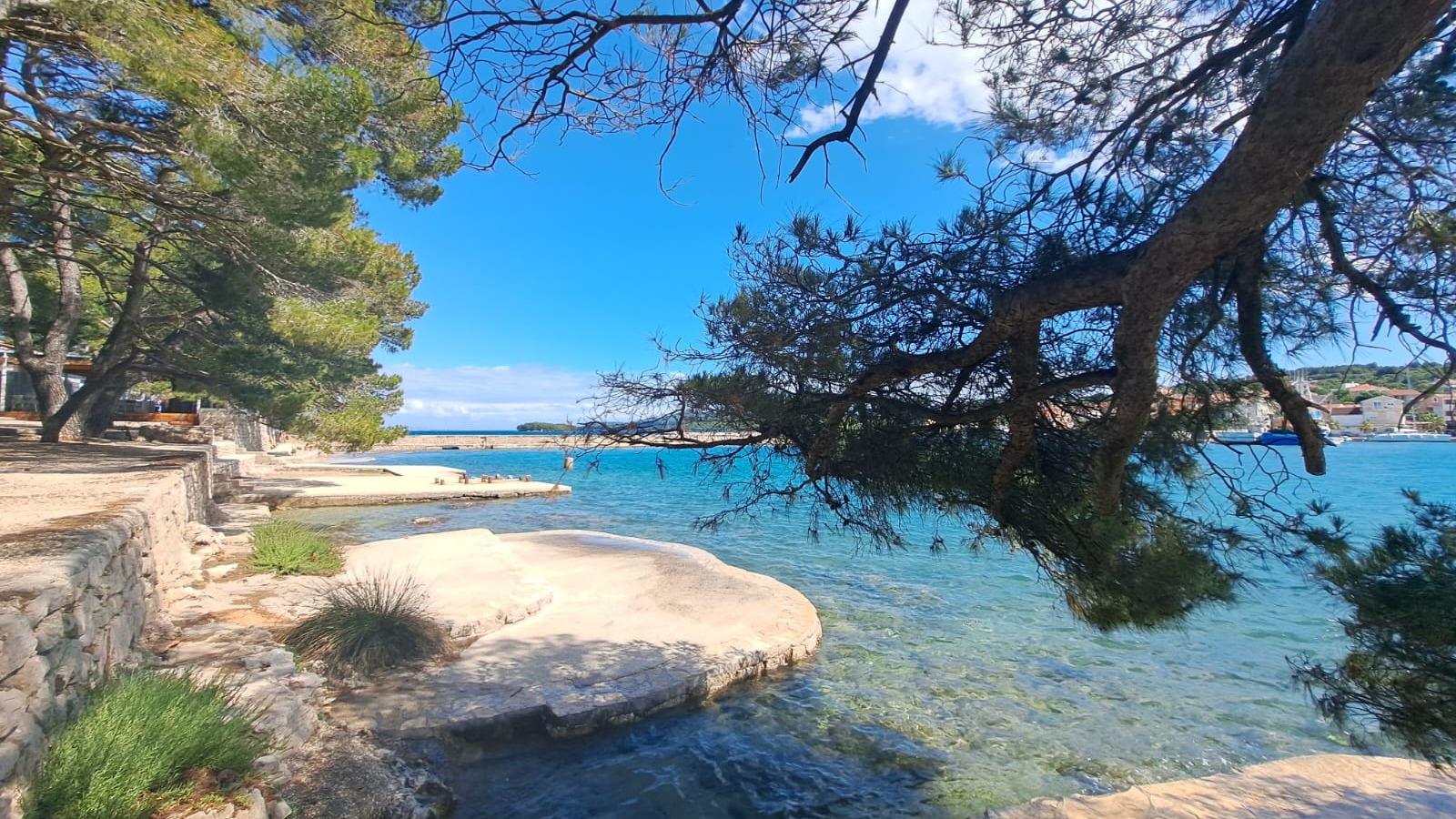

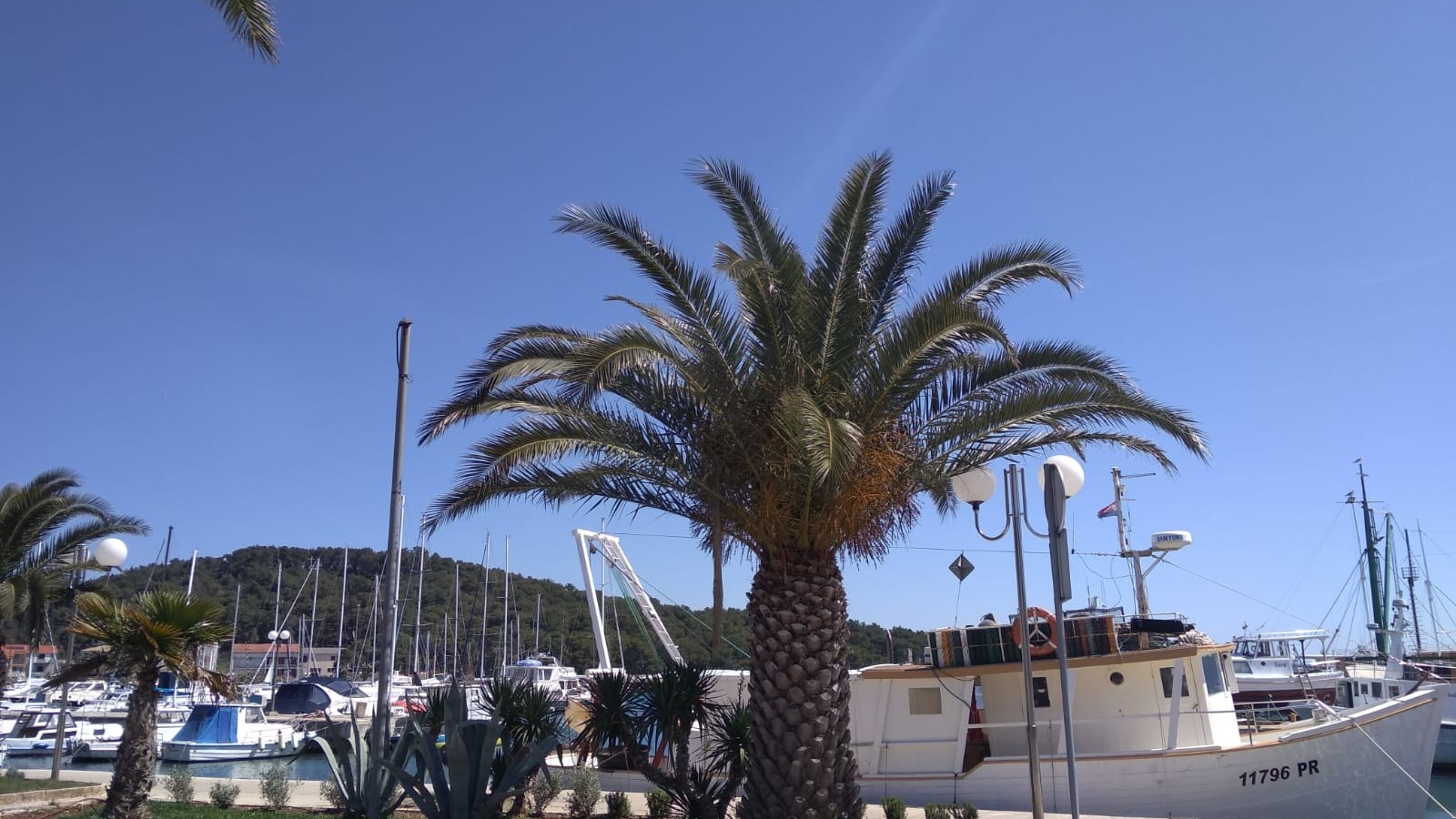
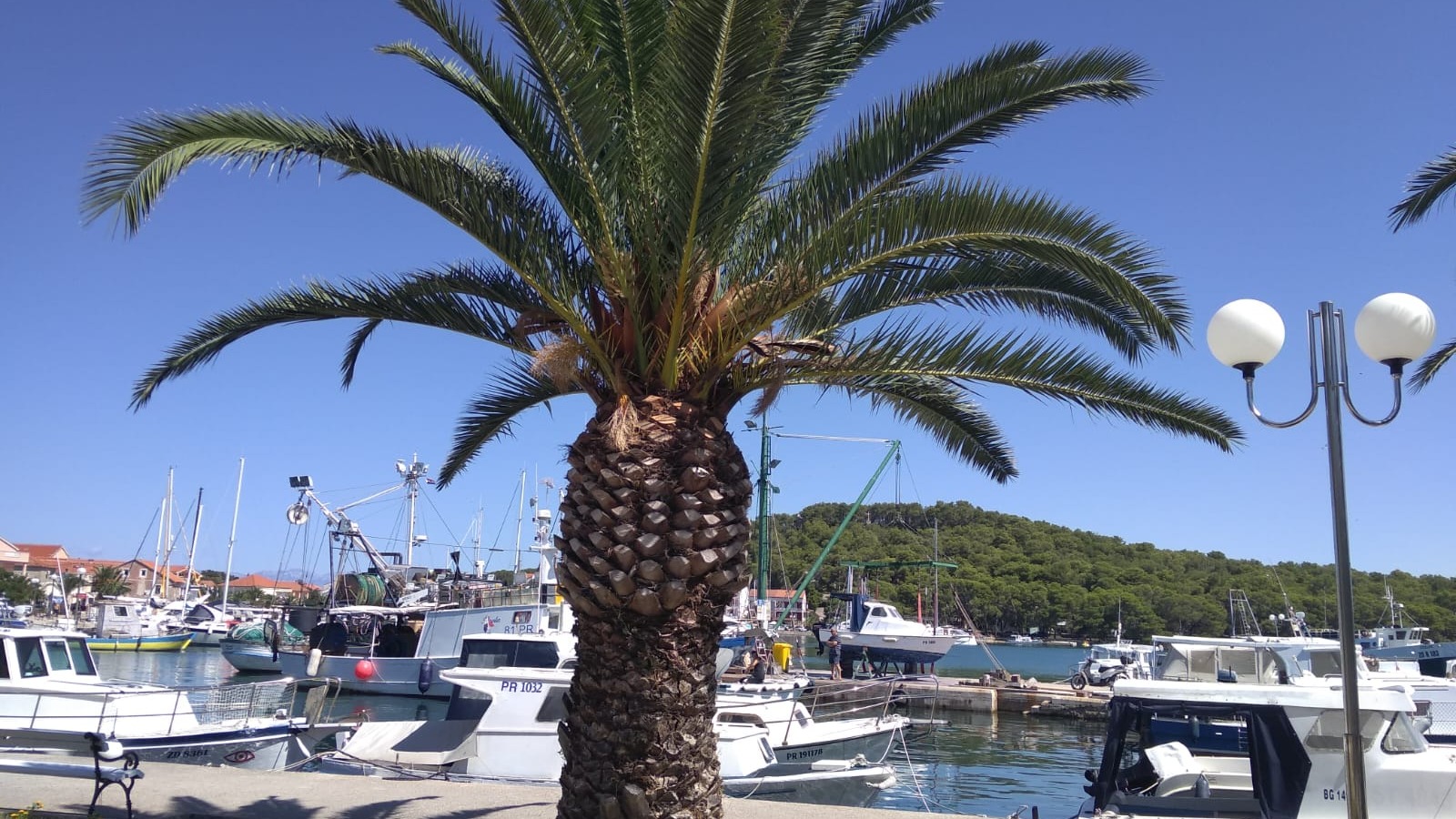
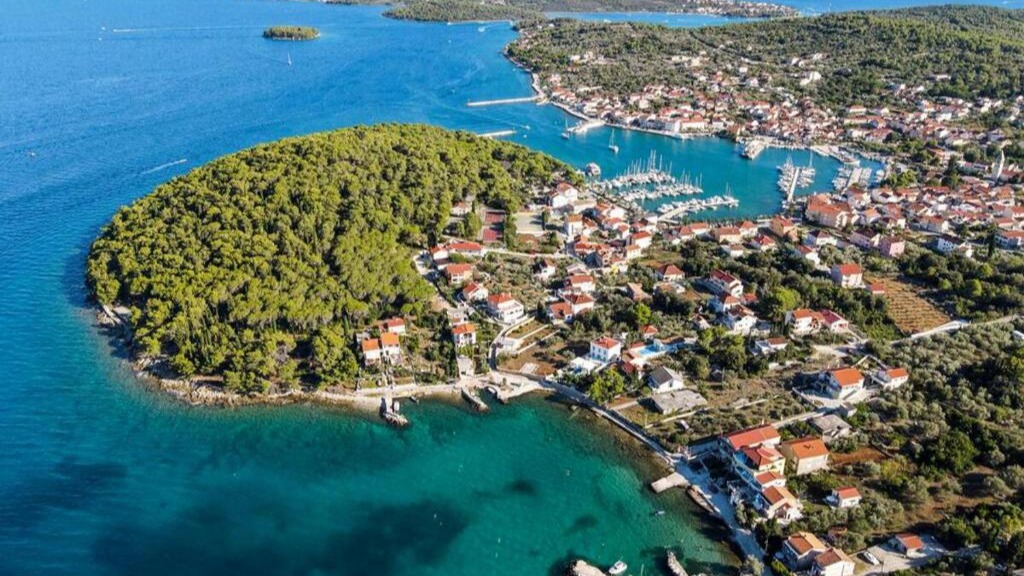
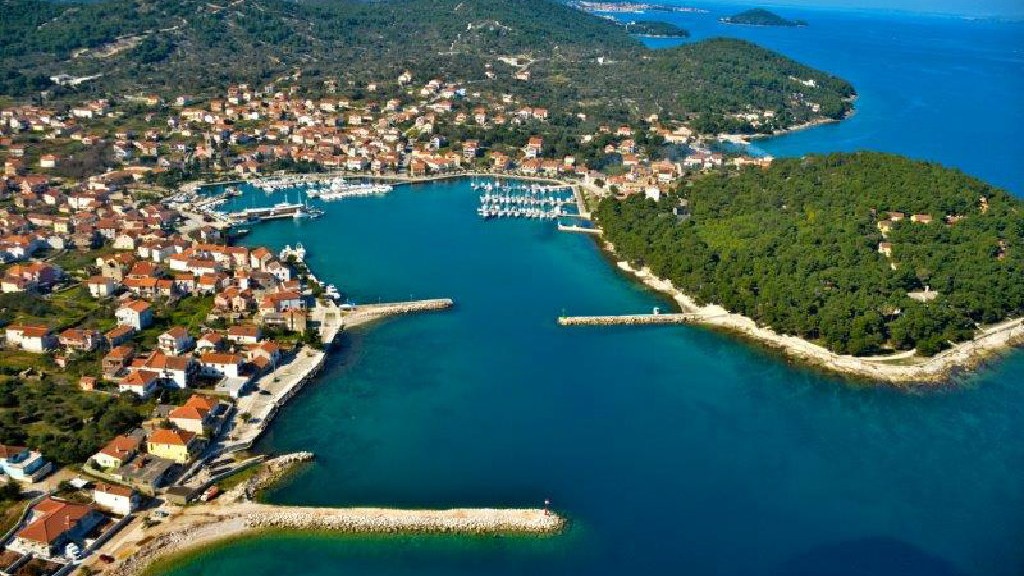
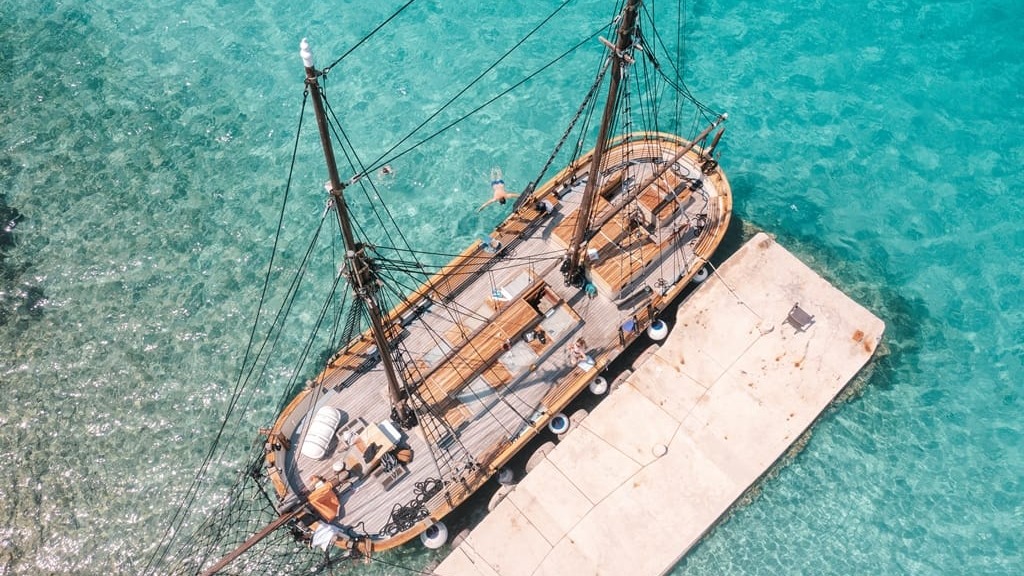
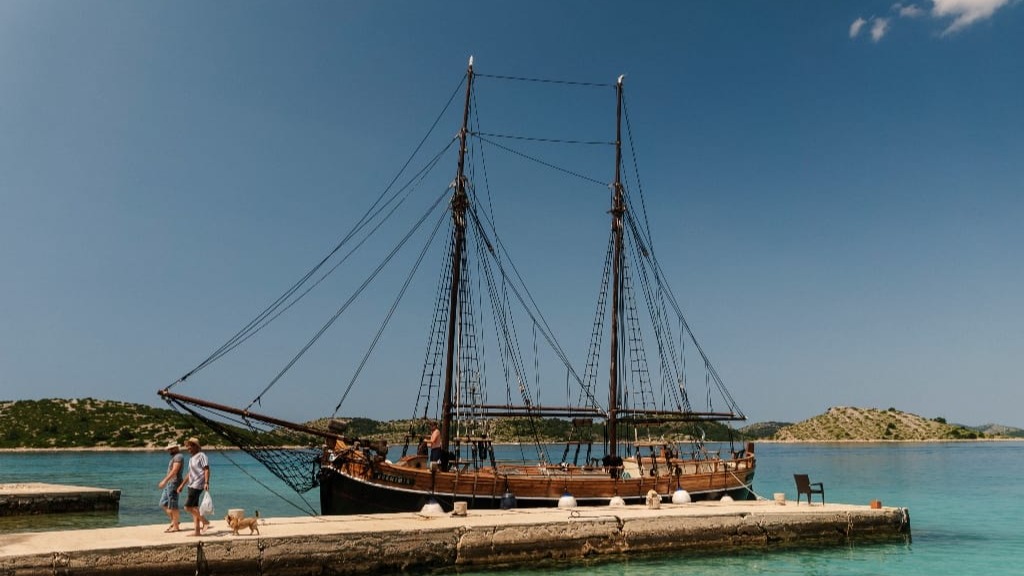
About this activity
Rating
Location
Ugljan Island
Type
Excursion by tourist boat
Duration
4 H
Transportation
Organized
Capacity
1 - 30
Description
If you are not sure whether you like the seaside climate or you do not feel comfortable on long cruises, this offer is perfect for you! A stylish wooden sailboat will take you to the nearby island of Ugljan. During the four-hour cruise, you will visit the typical island villages of Kukljica and Kali, relax on the beach, swim and eat delicious ice cream... and on top of that, you will take a sea bath straight from the deck of the ship in one of the charming bays.
HIGHLIGHTS
- Kukljica
- Kali
- swimming in the bay
Read more about the destination UGLJAN ISLAND
